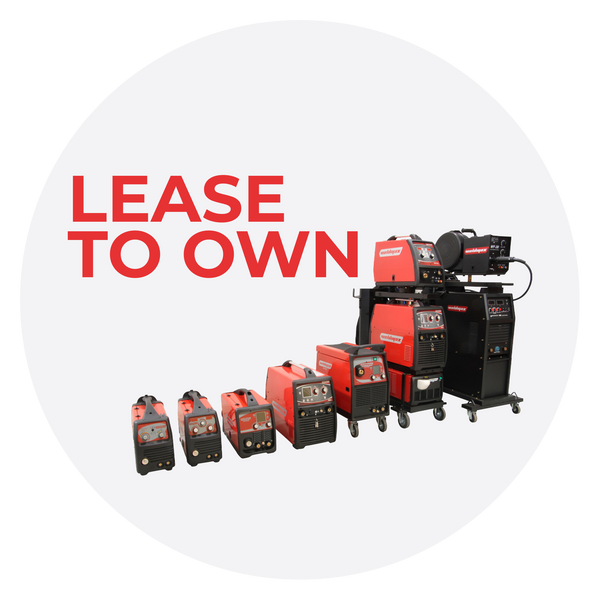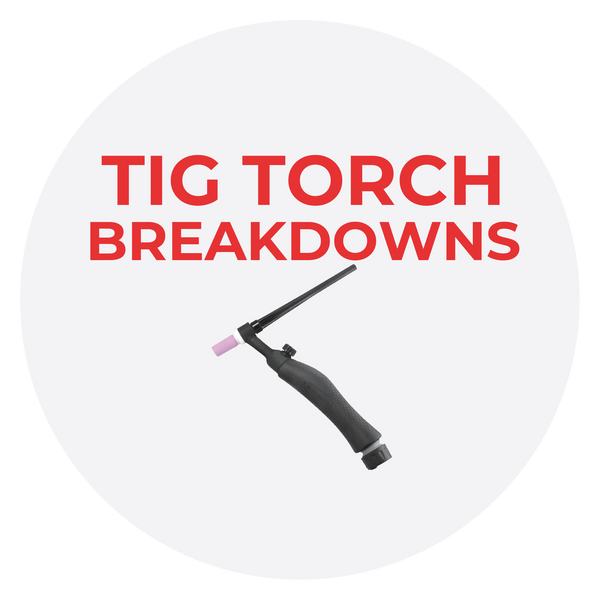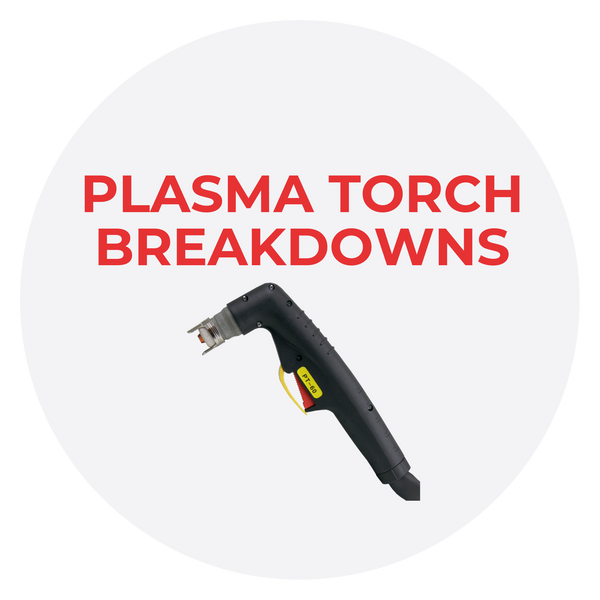
Common Welding Problems: Tips to Avoid and Solve Them
Welding is a highly sought-after skill that provides immense value in various industries. However, it can also become a source of frustration if you encounter common welding problems. The precision required in welding makes it imperative to address these issues promptly. Fortunately, with the right knowledge and practice, you can overcome even the toughest welding challenges. In this article, we will explore some of the most prevalent welding problems and provide effective solutions to ensure successful welds.
Struggling with common welding problems? Here are some practical tips to solve them and achieve flawless welds. Discover effective solutions for Common Welding Problems: Tips to Solve Them with our comprehensive guide. Enhance your welding skills and overcome challenges with expert advice and troubleshooting techniques.

Poor Penetration:
Achieving strong joints with adequate penetration is crucial for welding integrity. Insufficient penetration can lead to weak joints that are prone to failure over time. To avoid poor penetration, consider the following:
- Electrode Angle: Ensure that the electrode angle is appropriate for the joint you are welding. A correct angle allows the weld to penetrate the metal effectively.
- Current Settings: Use the appropriate current setting for your project. Generally, higher currents result in deeper penetration, but it's important to use them correctly to prevent burnthroughs.
- Joint Preparation: Thoroughly inspect the joint before welding. Misalignments or gaps can hinder proper penetration. Address any issues before proceeding with the weld.
Porosity Issues:
Porosity occurs when air bubbles become trapped in the weld pool, leading to weak joints. To avoid porosity problems:
- Clean Electrodes: Always use clean electrodes to prevent contamination. Contaminated electrodes can introduce impurities into the weld, increasing the likelihood of porosity.
- Quality Fluxes and Shield Gases: Use high-quality fluxes and shielding gases to minimize the risk of porosity. These materials contribute to a stable welding environment and help prevent the formation of air pockets.
- Proper Heat Control: Maintain appropriate heat input during welding. Excessive heat can cause porosity, while insufficient heat may result in inadequate fusion. Find the right balance to achieve optimal weld quality.
High Spatter Levels:

Excessive spatter, or splatter, occurs when molten metal particles stick to the workpiece surface, requiring additional cleanup. Minimize spatter levels with these tips:
- Short Arc Lengths and Slower Travel Speeds: Adjust your welding technique by using shorter arc lengths and slower travel speeds. This allows for a smoother bead profile and reduces the accumulation of slag, resulting in decreased spatter levels.
- Lower Voltage Settings: Lowering the voltage settings can effectively reduce spatter without compromising the stability of the arc or overall welding performance. Experiment with different voltage settings to find the optimal balance.
- Proper Wire Stick-Out: Maintain the correct wire stick-out, which refers to the length of the wire extending beyond the contact tip. Consult the welding machine's manual or seek guidance from experienced welders to ensure the appropriate stick-out for your specific application.
- Use an Antispatter product, such as Weldmax™ SpatterGo™. It is an exceptional solution specifically designed to offer an unparalleled level of protection against weld spatters and the bothersome adherence of metal dross to the surface of metal components throughout welding and cutting processes by creating a robust barrier, preventing weld spatters from adhering to metal surfaces and minimizing the accumulation of metal dross.
(See it here)
By familiarizing yourself with these common welding problems and implementing the suggested solutions, you can enhance your welding skills and overcome challenges effectively. Welding is a technical art that requires practice, patience, and the ability to troubleshoot issues like poor penetration, porosity, and excessive spatter. With dedication and experience, you will be able to tackle diverse welding projects with confidence. So, don't hesitate to roll up your sleeves and dive into the world of welding!
At Queensland Welding Supplies, we offer a wide range of welding supplies and equipment to support your welding endeavors. From high-quality electrodes and fluxes to reliable shielding gases, we have everything you need to ensure successful welds. Contact us today to explore our extensive selection of welding products.
Keywords: welding problems, common welding issues, poor penetration, porosity, spatter, welding challenges, welding solutions, welding techniques, electrode angle





